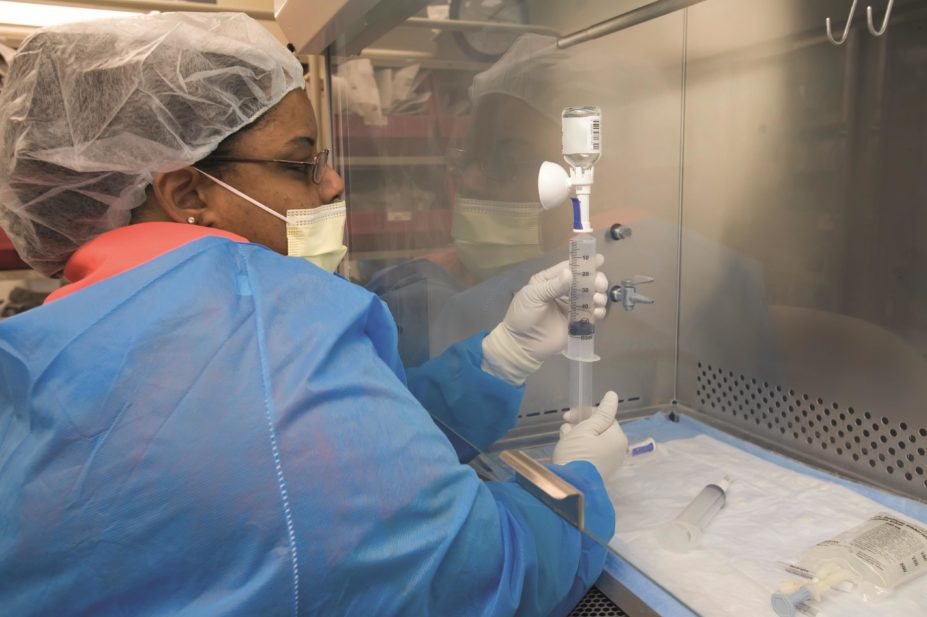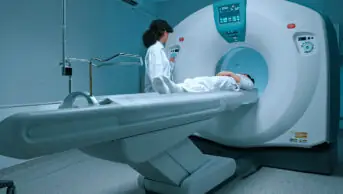
Jim West / Alamy
Patients living in countries where the cost-effectiveness of a drug is based on the cost per quality-adjusted life years (QALYs) have less access to new cancer drugs compared to countries that do not, a report claims.
An IMS Institute for Healthcare Informatics report, made publicly available on 10 March 2015 and commissioned by Janssen Pharmaceuticals, says fewer new cancer drugs are reimbursed in countries that use a QALY appraisal system compared with non-QALY countries. Reimbursement decisions also take longer in QALY countries and new drugs are introduced more slowly, the report says.
The report, ‘Impact of cost-per-QALY reimbursement criteria on access to cancer drugs’ , looked at the reimbursement decisions of ten countries for 26 drugs that had been approved for marketing between 2009 and 2012. They selected nine cancer drugs and 11 non-cancer drugs.
The researchers looked at five countries that use a QALY system to decide whether the drugs should be made available: Australia, Canada, England, Scotland and Sweden. They compared the results with the decisions taken by five countries that do not rely on a QALY formula to decide whether to make a drug nationally available. Those countries were France, Germany, Italy, Spain and the United States.
The appraisal system adopted by the UK’s National Institute for Health and Care Excellence (NICE) to assess whether a new drug should be made available in the NHS resulted in patients waiting longer for cancer drugs compared with those living in other countries that do not rely on a QALY formula, the report says.
A second report commissioned by Janssen – made available by Abacus International on 10 March 2015 —found that NICE was more likely to reject a cancer drug for NHS use than a non-cancer drug: between 2007 and 2014, NICE approved 58% of cancer drugs compared with 85% of non-cancer drugs.
The findings of ‘Report: NICE STA analysis’ have prompted Janssen to set up a panel to investigate access to medicines in the UK. It will be chaired by the independent think tank The King’s Fund.
Mark Hicken, Janssen’s managing director, says the reports confirm the need for an “urgent” reform of the way that new medicines are assessed for use in the UK: “A sustainable solution has to be found.”
In a statement, NICE said that the QALY yardstick “provides a level playing field to allow us to compare both drugs and diseases in an impartial and fair way”.
“The number of cancer drugs that we are able to approve each year is based on the number of drugs that are available to be appraised, and on the value proposition of these drugs that the company makes,” NICE said.
In 2014, NICE issued final guidance on 11 cancer drugs, nine of which were recommended, it noted.
“We continue to work with NHS England, the Department for Health and others to ensure that all patients have access to the most effective and cost effective treatments,” it added.


